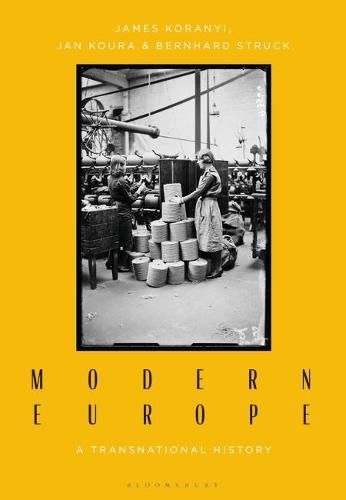Readings Newsletter
Become a Readings Member to make your shopping experience even easier.
Sign in or sign up for free!
You’re not far away from qualifying for FREE standard shipping within Australia
You’ve qualified for FREE standard shipping within Australia
The cart is loading…






Europe is a small continent, and yet it became the dominant global power from the late 18th century. While the continent appeared to become a global centre, it also experienced various fractures along constantly shifting state borders. These developments over the past 250 years have made European history especially dynamic and exciting. Modern Europe: A Transnational History explores the complexity of this continent by telling a history of transnational Europe, showing how it has been constantly reinvented and reconfigured by global and local connections and ruptures. The authors explain Europe not in terms of a collection of national histories, but focuses on the numerous cross-border flows of peoples, goods and ideas that cut across state boundaries. As this book shows, the peoples and societies of Europe can only be understood by painting a picture of connections and contestations created within empire, the national, and the local.
$9.00 standard shipping within Australia
FREE standard shipping within Australia for orders over $100.00
Express & International shipping calculated at checkout
Europe is a small continent, and yet it became the dominant global power from the late 18th century. While the continent appeared to become a global centre, it also experienced various fractures along constantly shifting state borders. These developments over the past 250 years have made European history especially dynamic and exciting. Modern Europe: A Transnational History explores the complexity of this continent by telling a history of transnational Europe, showing how it has been constantly reinvented and reconfigured by global and local connections and ruptures. The authors explain Europe not in terms of a collection of national histories, but focuses on the numerous cross-border flows of peoples, goods and ideas that cut across state boundaries. As this book shows, the peoples and societies of Europe can only be understood by painting a picture of connections and contestations created within empire, the national, and the local.